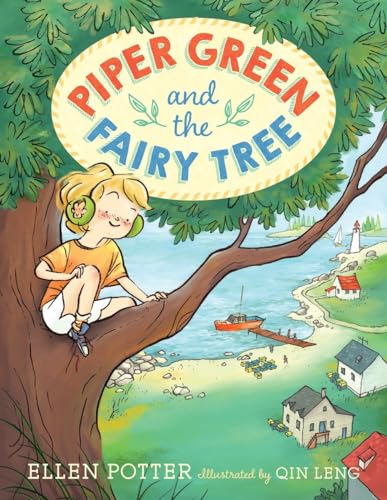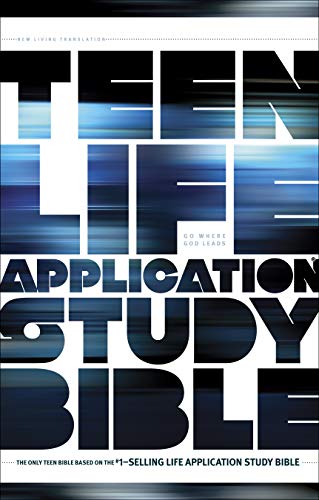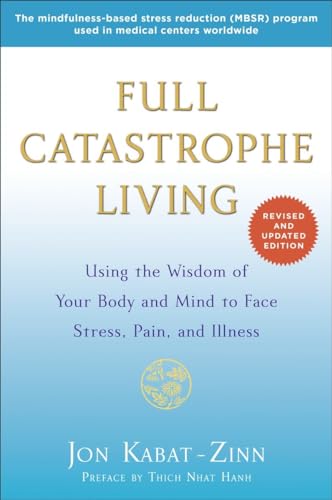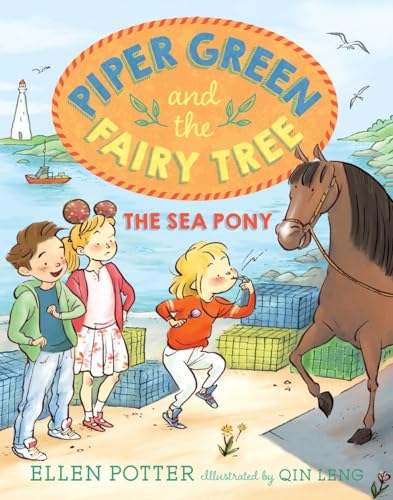
Myth #1 – Eco Friendly Clothing is Too Expensive
Eco friendly clothing has come a long way in the past few years, and today’s consumers have many options when it comes to selecting pieces to fit their style and budget. There are quite a few earth friendly brands out there that are moderately priced. A couple of great choices that won’t break the bank are Toggery by Kate D’Arcy and Mata Traders. Toggery offers an impressive selection of tanks, tops, dresses, leggings, scarves and more for as little as $29. Mata Traders specializes in fair trade fashion, and incorporates fabrics such as organic cotton and recycled silk. Their unique, boho chic designs start in the $30-$40 range.
Myth #2 – Eco Friendly Clothing is Unattractive
A common misconception that persists, despite all the advances of the eco fashion industry, is that these clothes are just not stylish. Drab, boring, ill-fitting, loose, box-like, frumpy, these are a few of the unfortunate associations some people continue to make with eco friendly clothing. At one time, perhaps this was true, but fast forward to the second decade of the twenty-first century, and eco fashion gets and A+ for trend setting style. Eco boutiques across the globe are now offering a fabulous selection of beautiful colors, unique patterns, creative designs, and form-fitting stylish pieces.
Myth #3 – Buying Eco Friendly Clothing Will Not Help our Planet
So, eco apparel looks great, and is often reasonably priced, but will it really make a difference in the fight against pollution, poverty and other major issues that plague our planet? Absolutely! Be patient, though, it may take some time. Buying your first pair of organic jeans is not going to instantly reverse global warming. However, every eco friendly purchase consumers make is like a vote in favor of the green movement, and helps support companies that are engaging in eco friendly and socially responsible business practices.
Different types of eco friendly clothing can help in different ways. Purchasing organic cotton clothing, for instance, helps our planet because it supports a way of producing cotton that does not pollute the world with harmful pesticides, insecticides, and synthetic chemicals.
Conventionally grown cotton covers only 2.5% of the Earth’s cultivated land, yet uses 25% of the world’s insecticides and more than 10% of the world’s pesticides (Organic Trade Association). That is a sobering statistic, especially in conjunction with the following. The World Health Organization estimates that at least 3 million people are poisoned by pesticides every year and 20-40,000 more are killed. The Environmental Protection Agency considers 7 of the top 15 pesticides used on cotton in the U.S. as “possible,” “likely,” “probable,” or “known” to cause cancer in humans. Buying organically produced apparel helps because it supports an industry that protects our planet and its people from these destructive chemicals.
Sustainable clothing is another type of eco friendly clothing that is made with an emphasis on using resources that are easily renewable. Clothing made with hemp fabric is a great example. Hemp grows at a rapid rate, requires no pesticides, and actually enriches the soil instead of depleting it.
Shoppers also help when buying clothing that has been fairly traded. Fair trade means that the workers who produced the product were paid an adequate wage and worked under humane conditions. All too often, especially in countries outside of the U.S., workers are not fairly compensated and live in extremely impoverished conditions. When consumers buy fair trade, they are giving their business to companies that support workers’ human rights.
Myth #4 – The Quality of Eco Friendly Clothing is the same as Conventional Clothing
On the contrary, the quality of eco friendly clothing is superior. For example, organic cotton clothing is stronger than clothing made with conventional cotton because it has not been treated with pesticides or harsh chemicals, such as bleach. When clothing is chemically treated, it leads to a weakening of the fabric. For these same reasons, organically grown cotton fabric is softer to the touch and allows for greater breathability.
Hemp is another favorite when it comes to outstanding quality. Hemp is several times stronger and more durable than cotton, and grows very quickly without the use of pesticides or fertilizers.
Myth #5 – Eco Friendly Clothing is Hard to Find
Eco friendly clothing can be found in many places, consumers just need to know where to look. Big cities offer the most choices, with eco boutiques popping up in trendy shopping districts all across the United States, as well as in Europe, Australia, and Asia. Finding eco friendly clothing online is also a great way to shop. Online shopping offers consumers a huge selection and the ability to easily compare prices, and find the best deals.
Lauren McGinty is the owner of Verdessence, an online retailer specializing in eco friendly clothing, accessories, and home decor. For more information on eco friendly clothing, and to shop the latest styles, please visit Verdessence.
Article Source: https://EzineArticles.com/expert/Lauren_McGinty/556989





